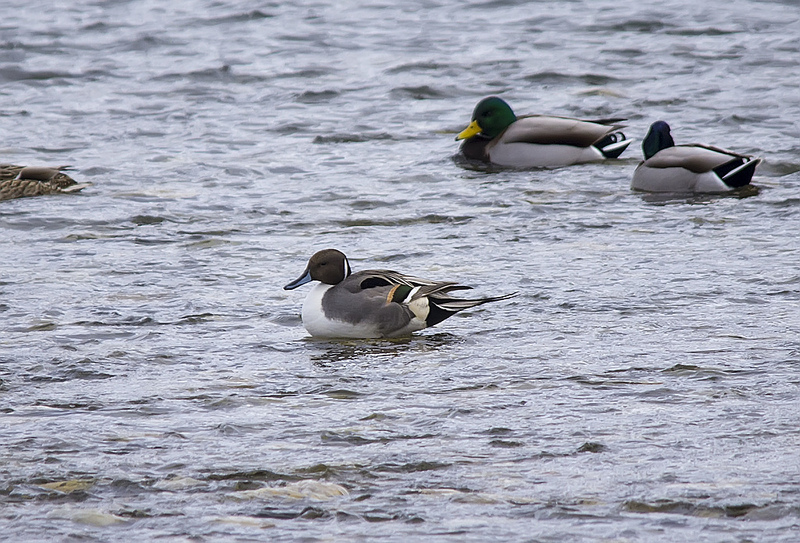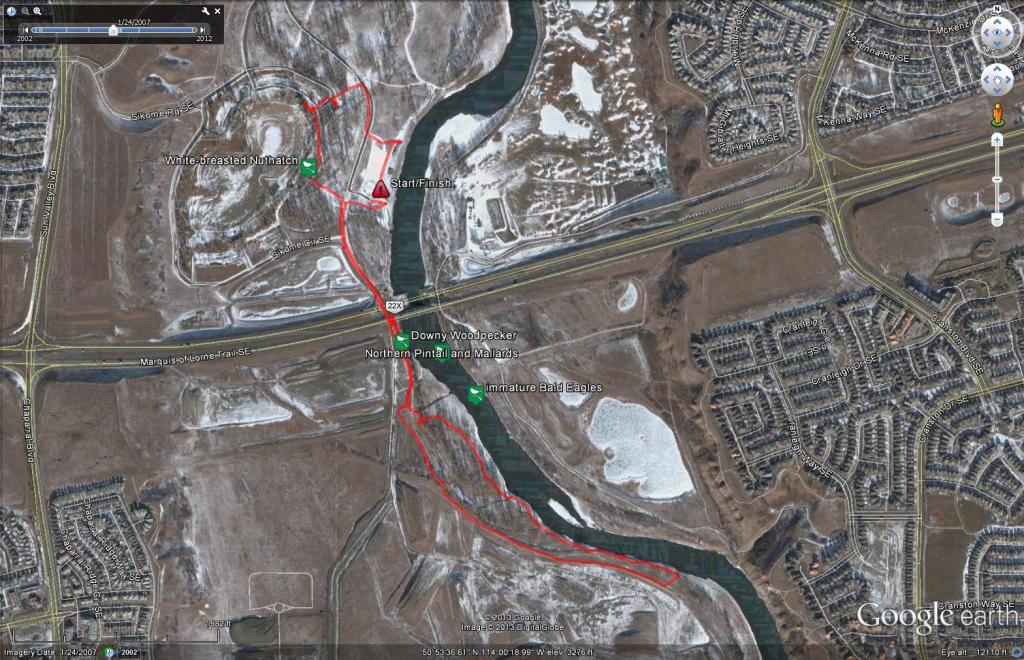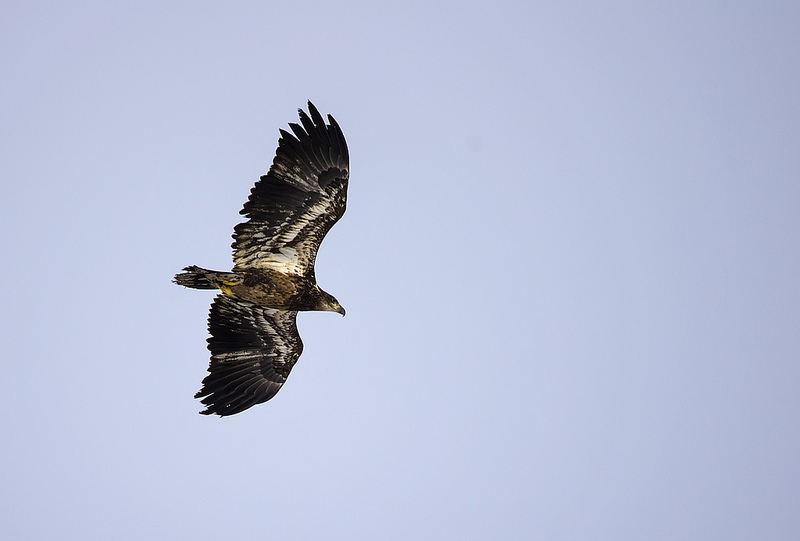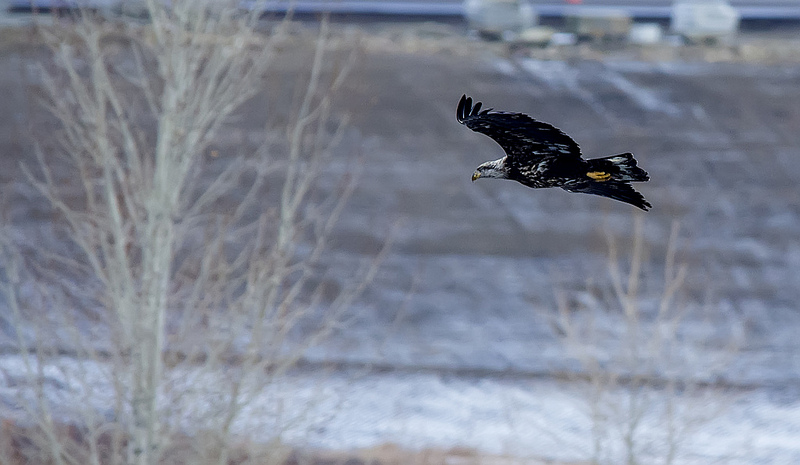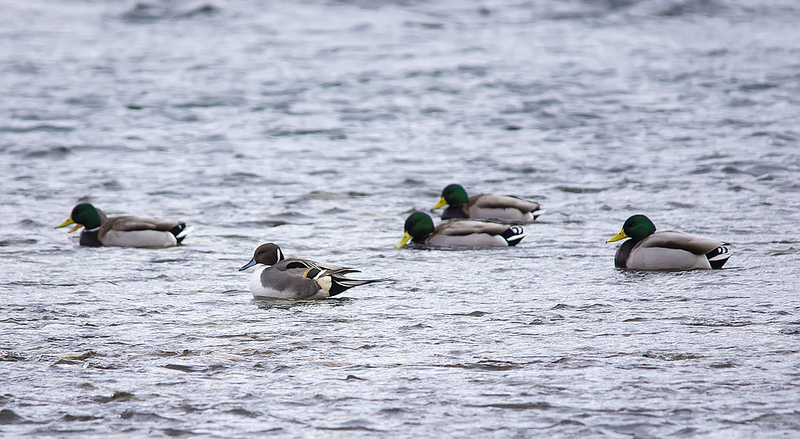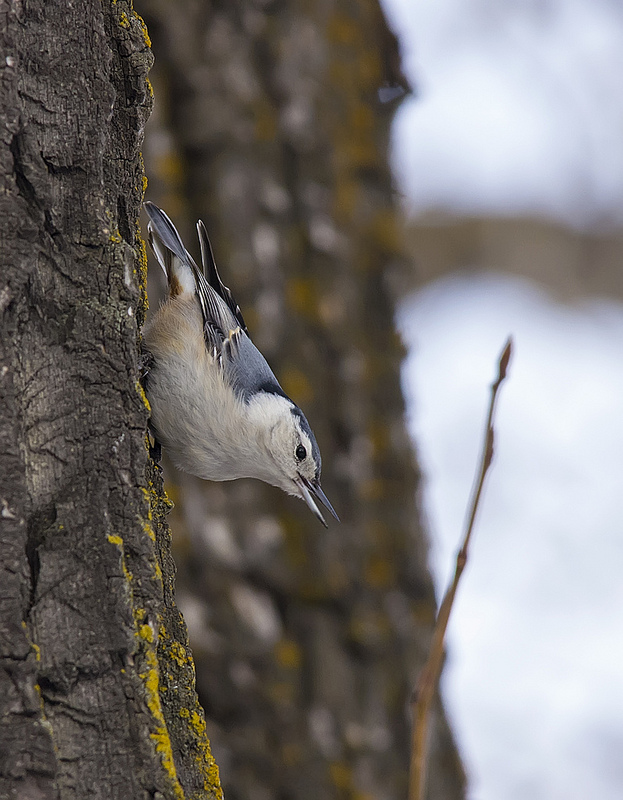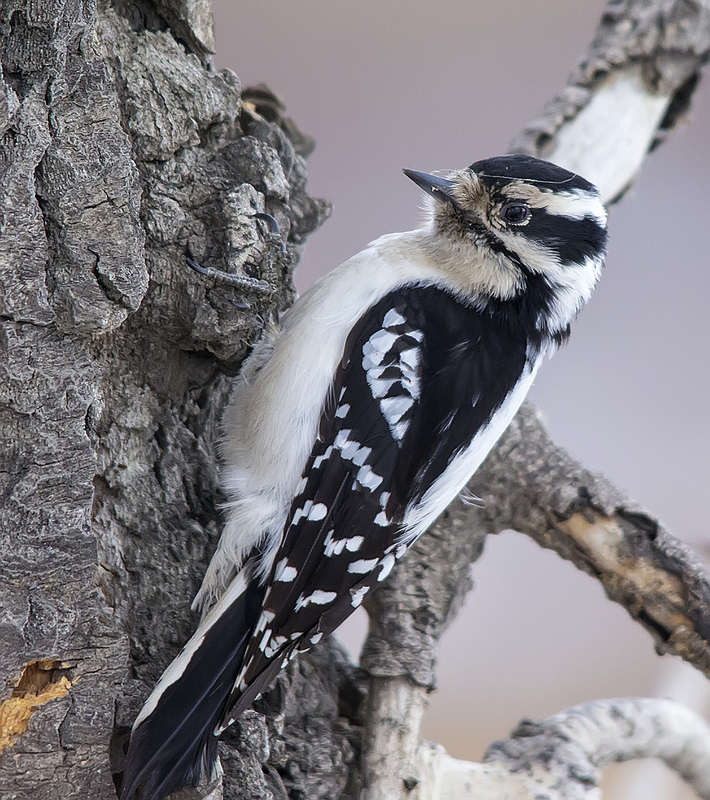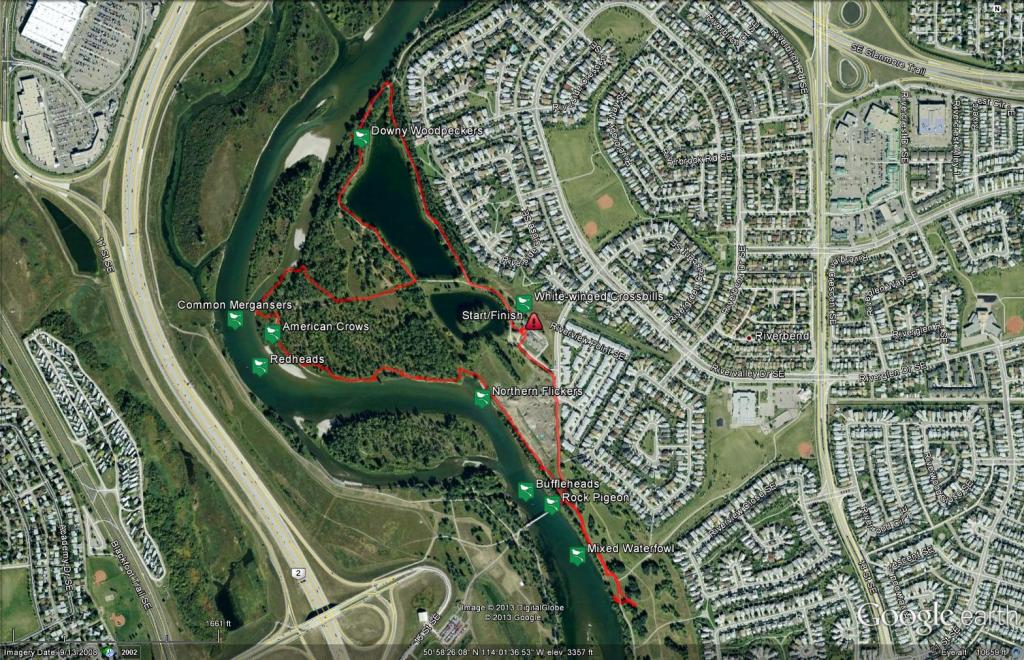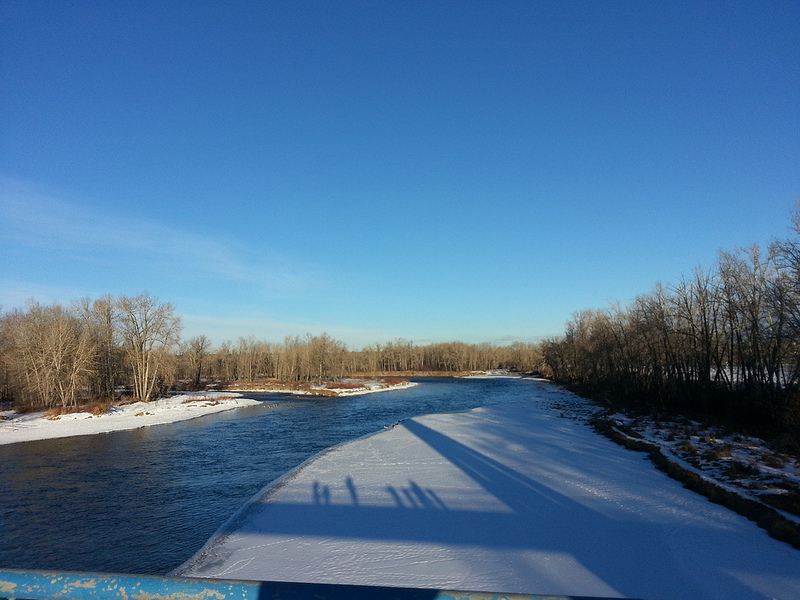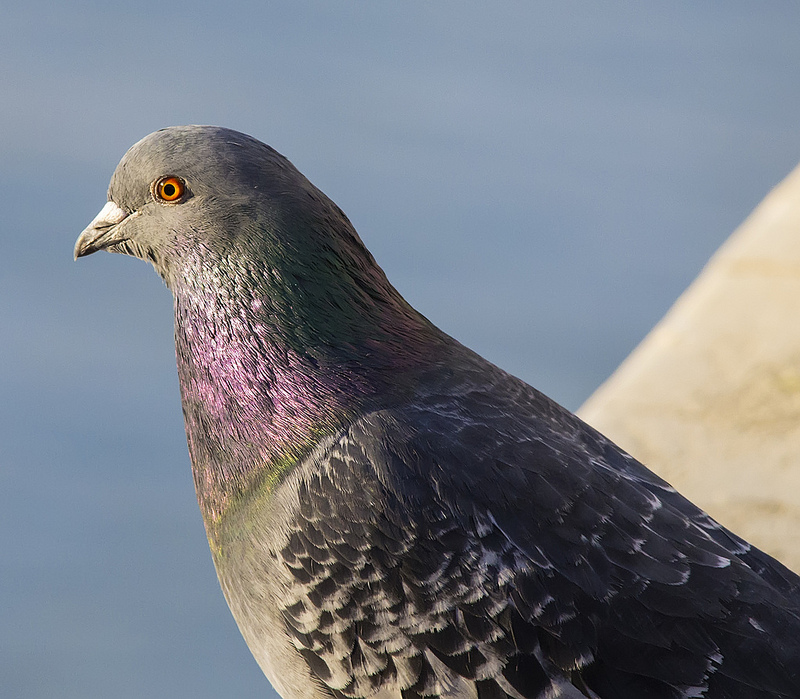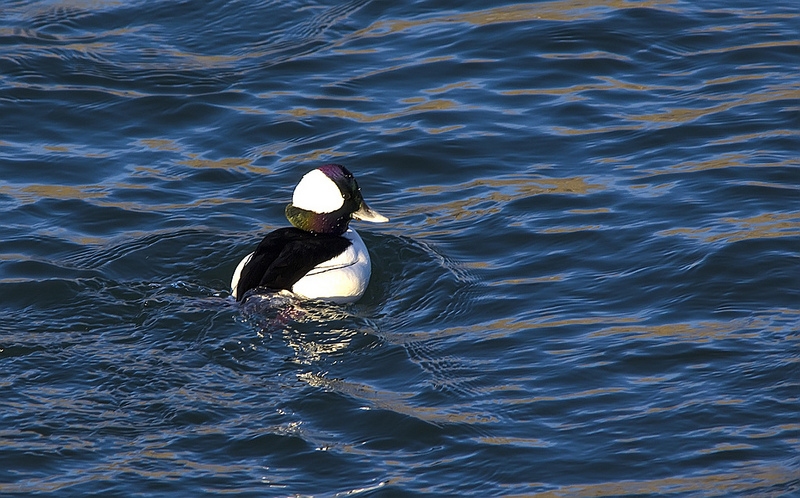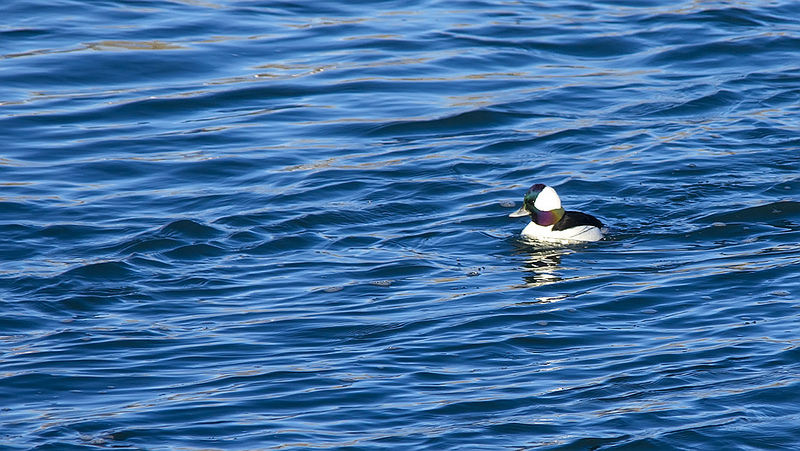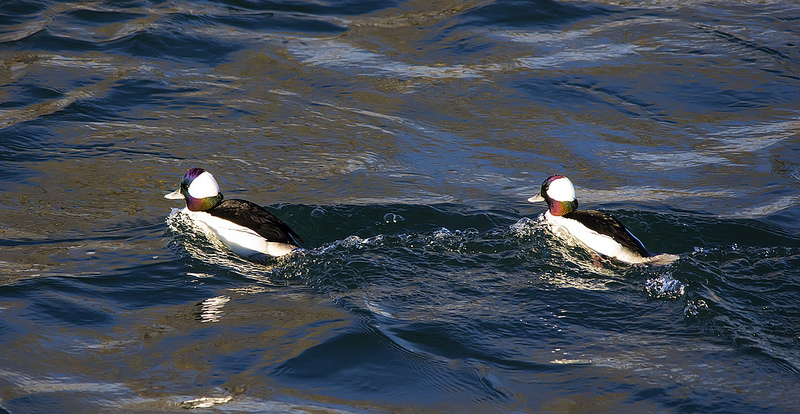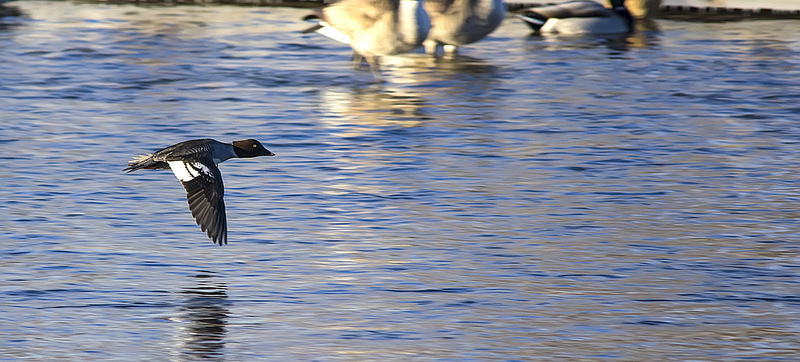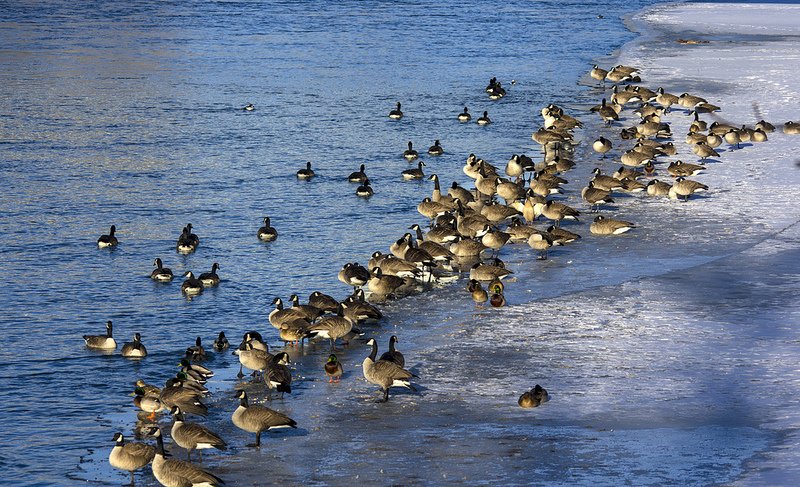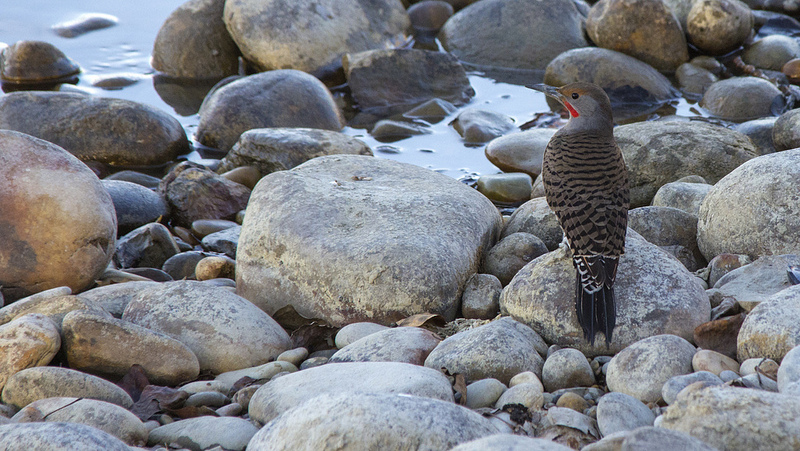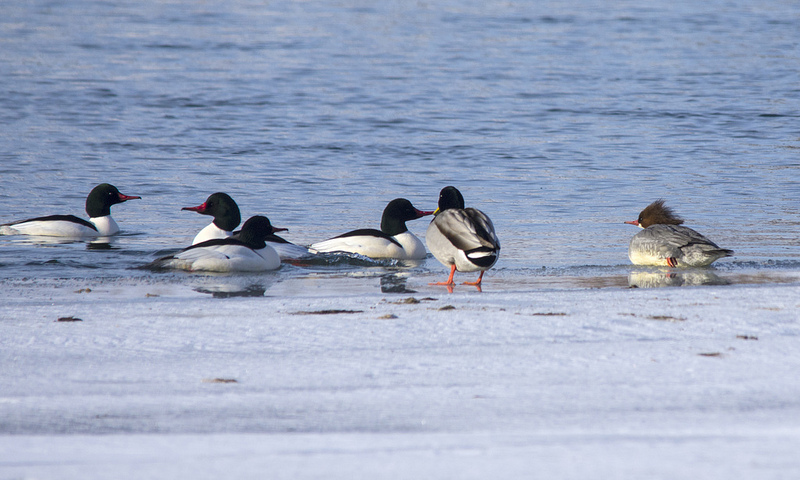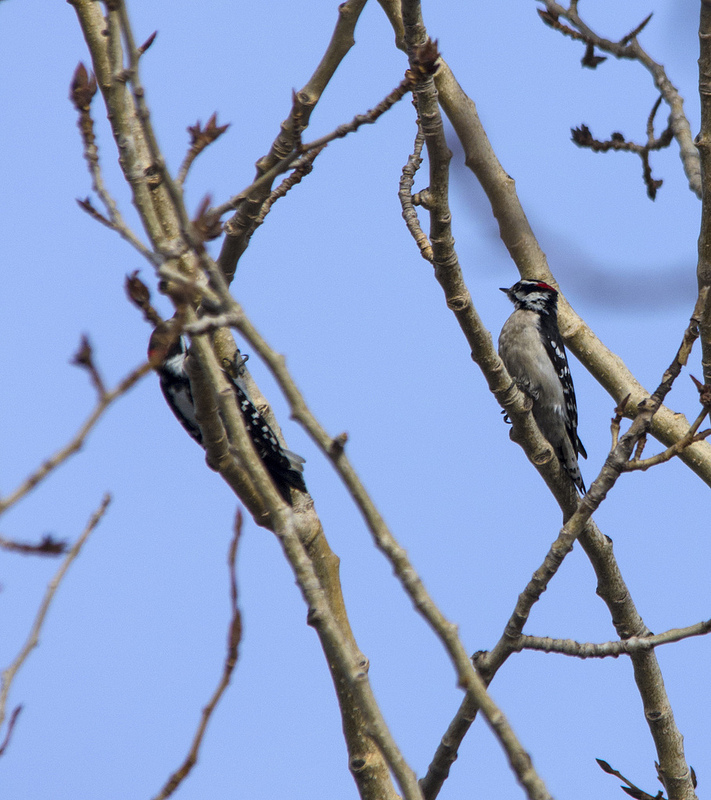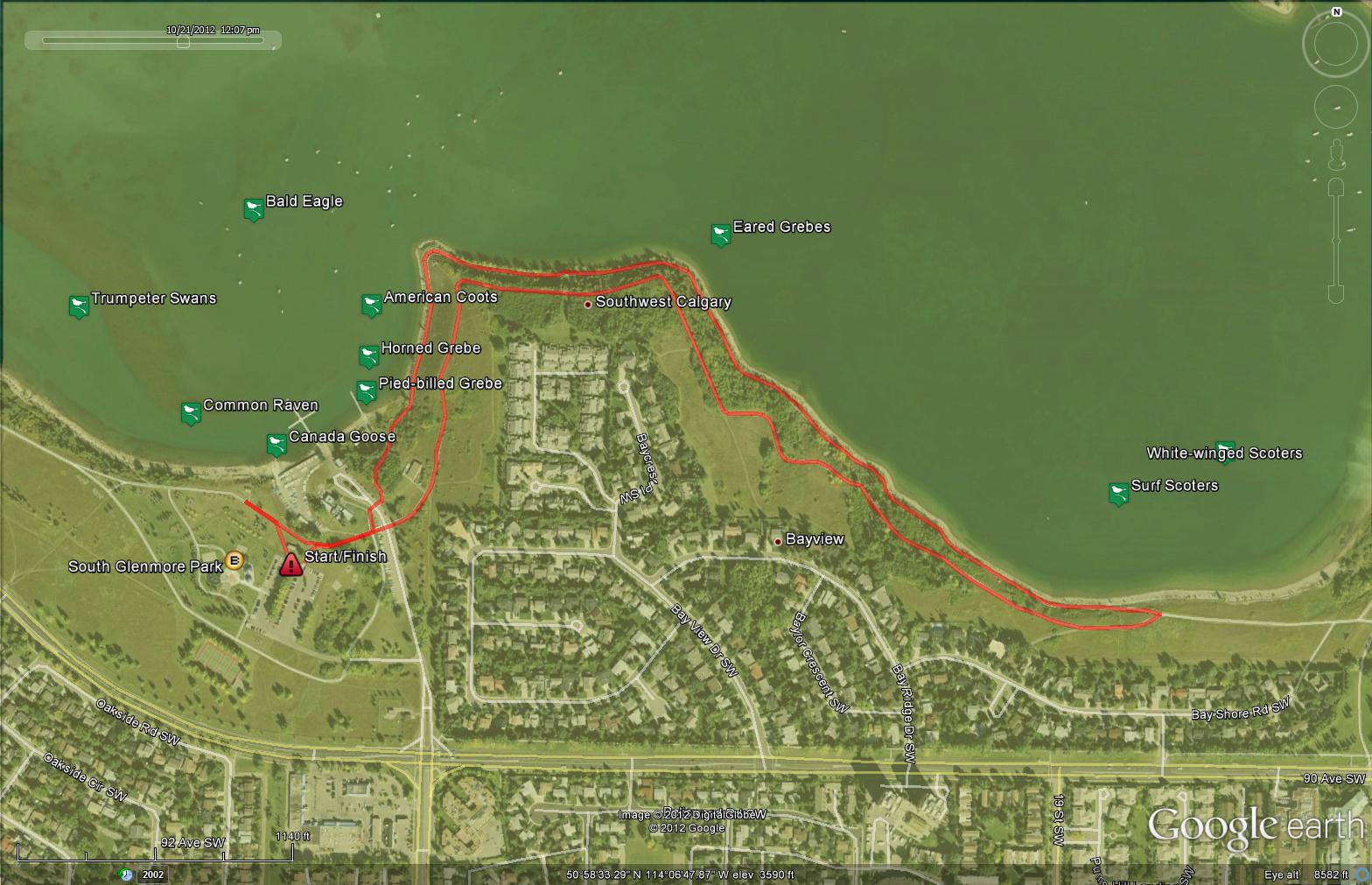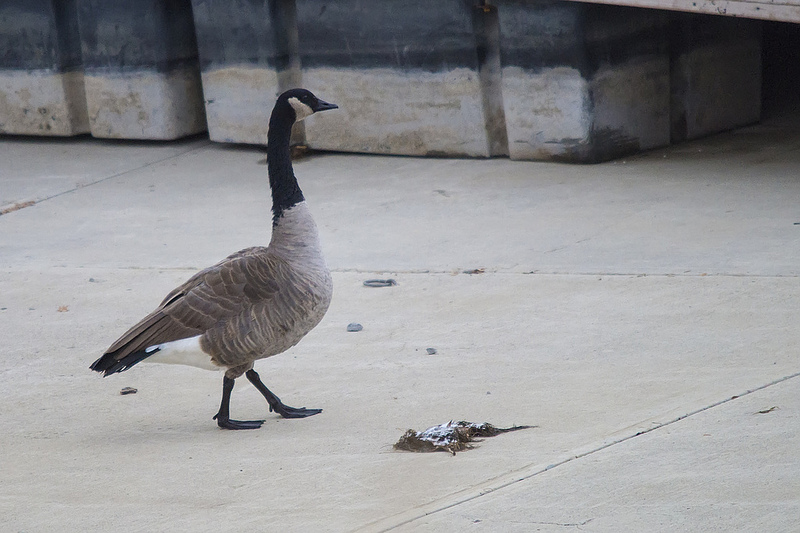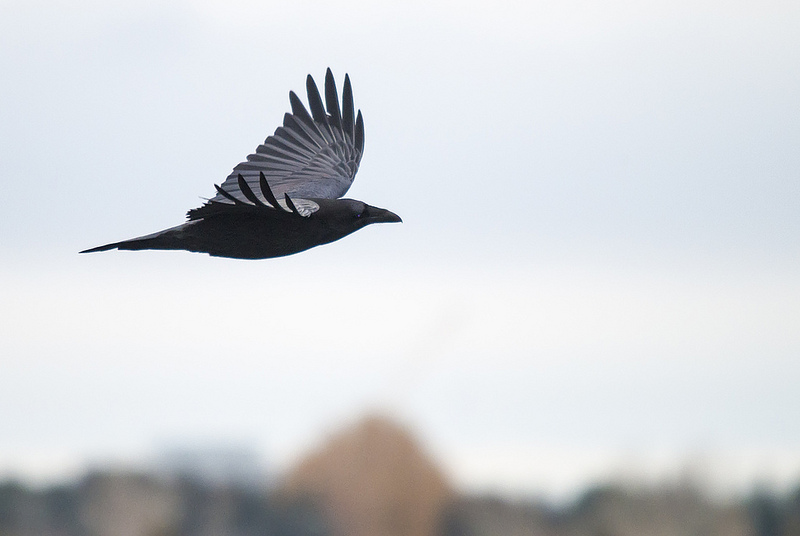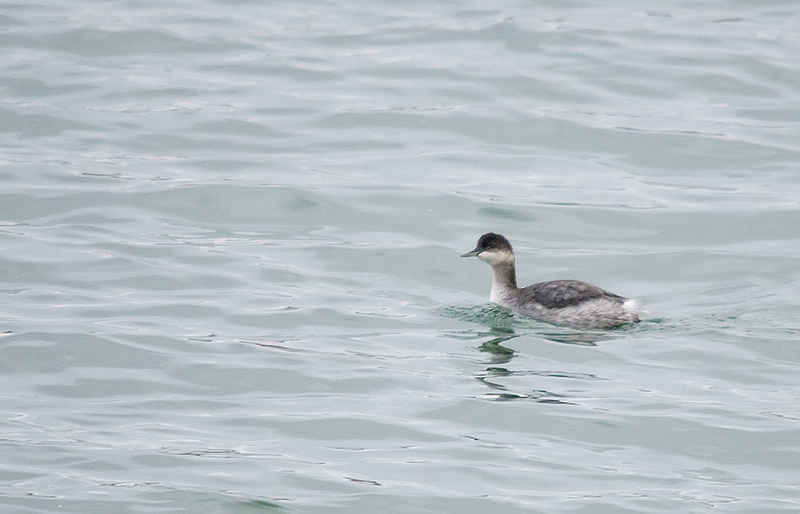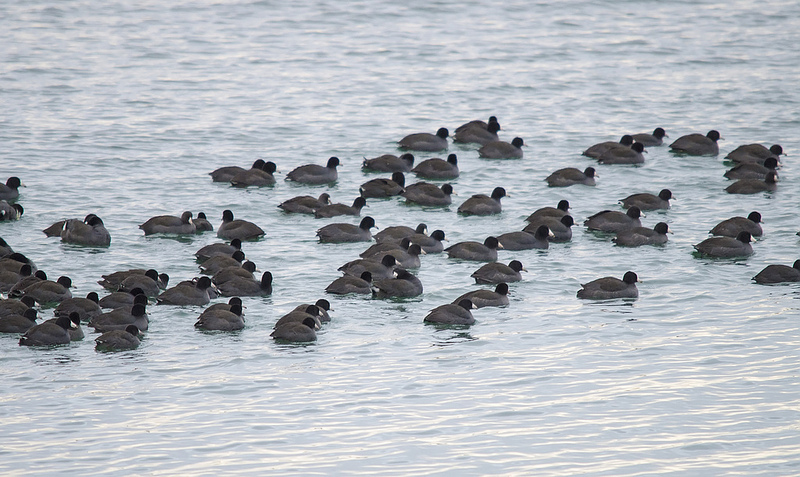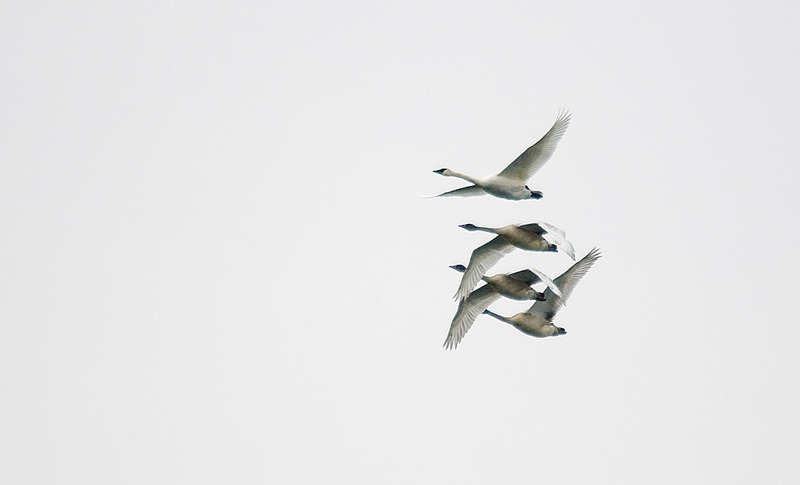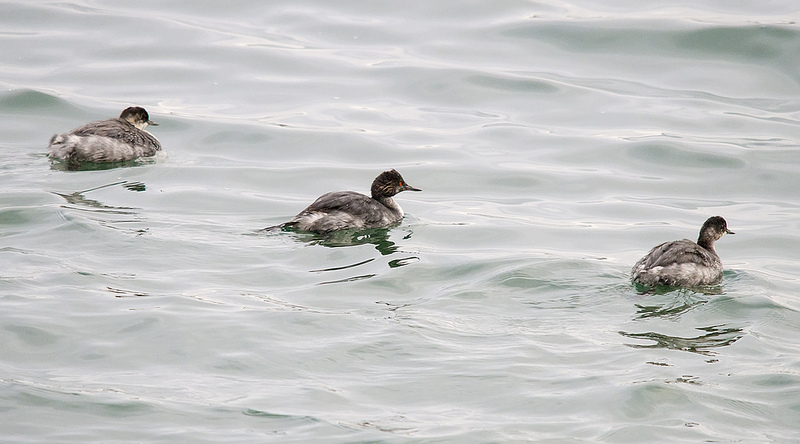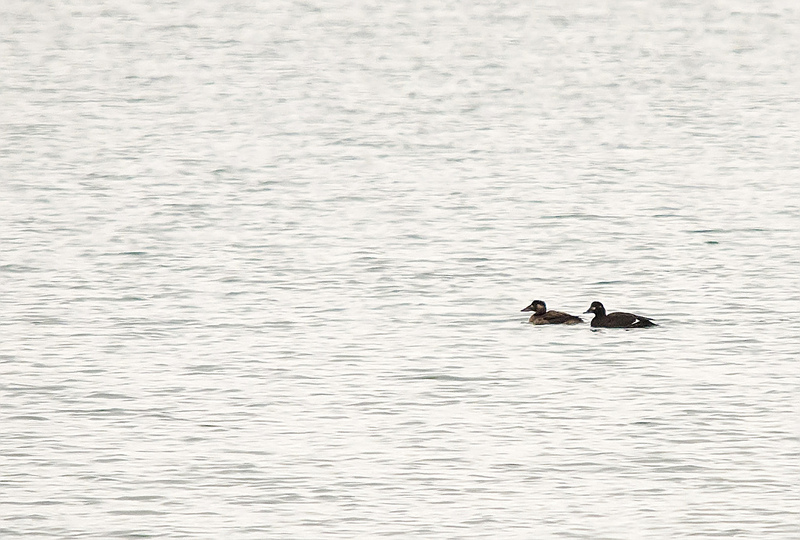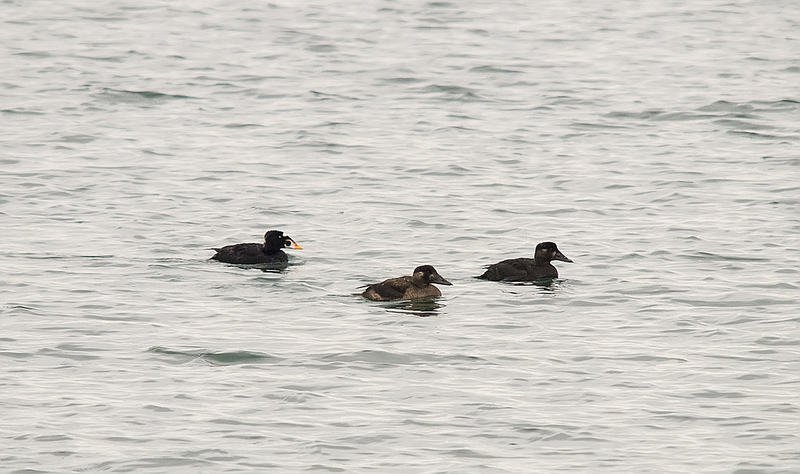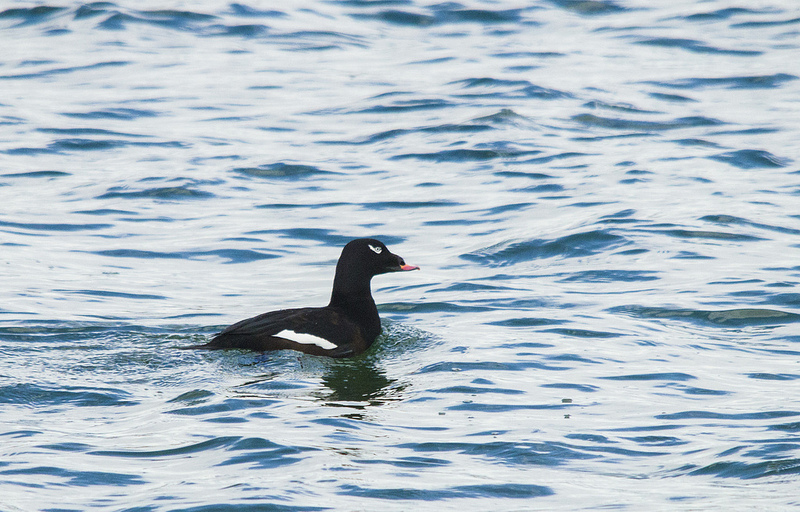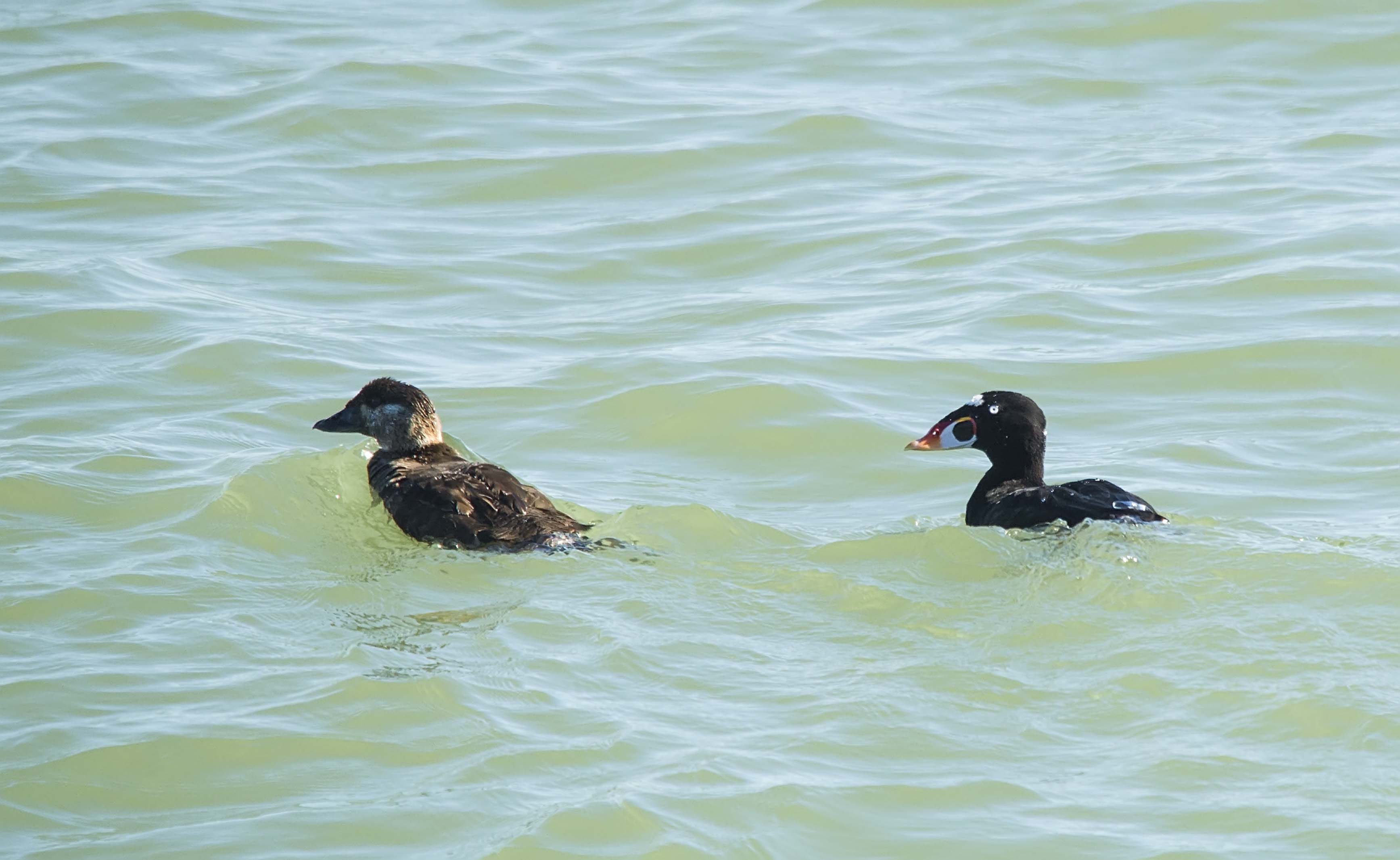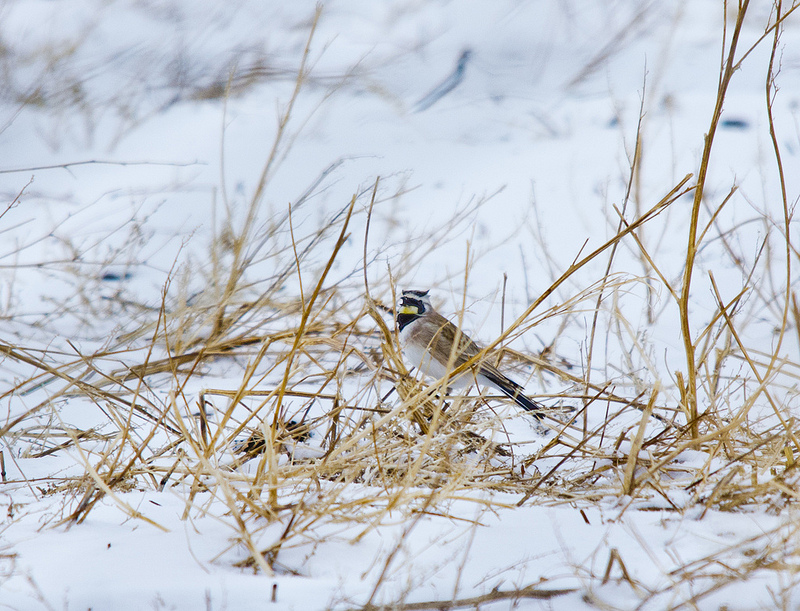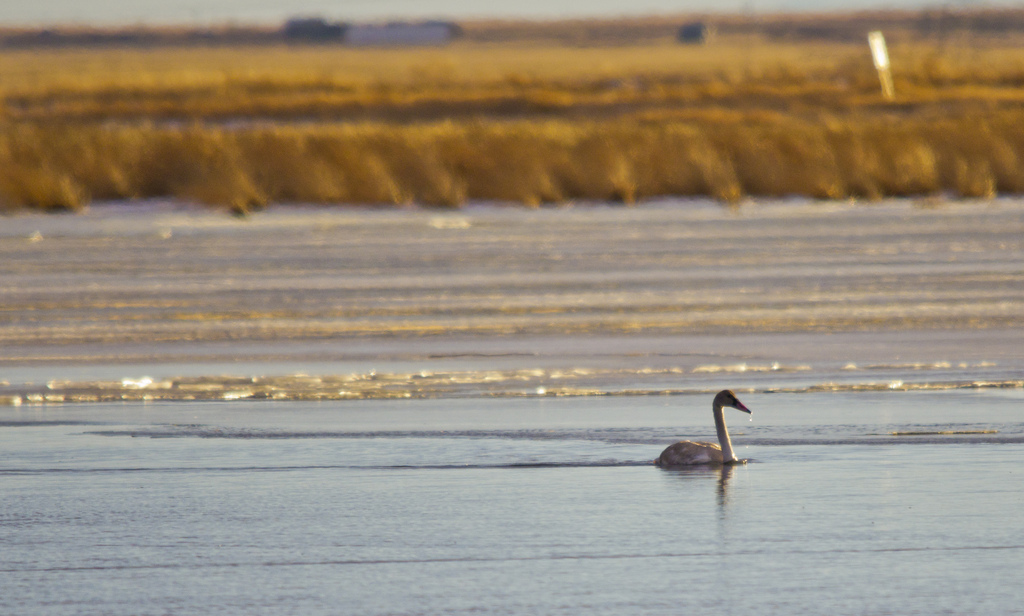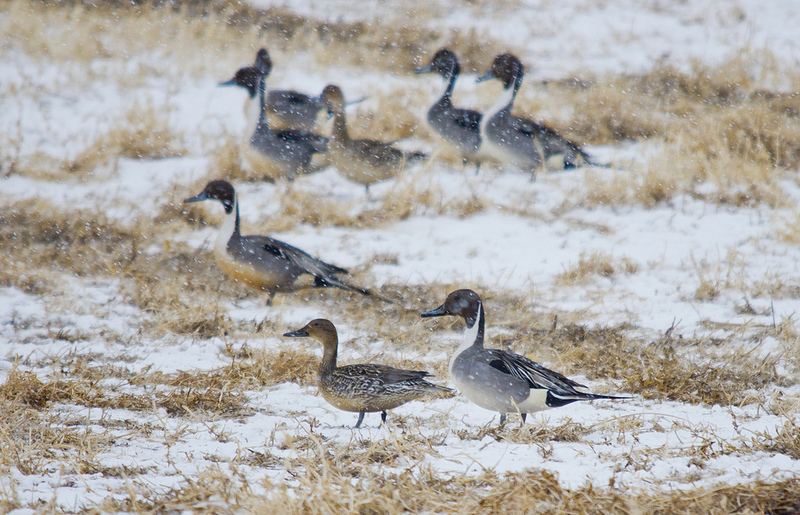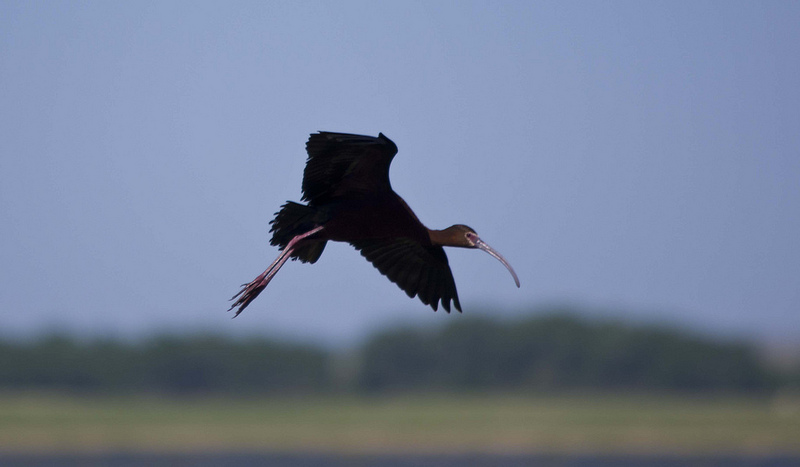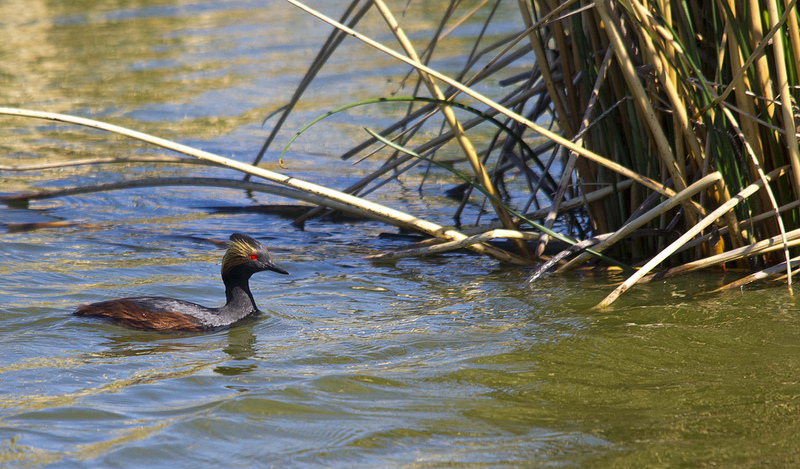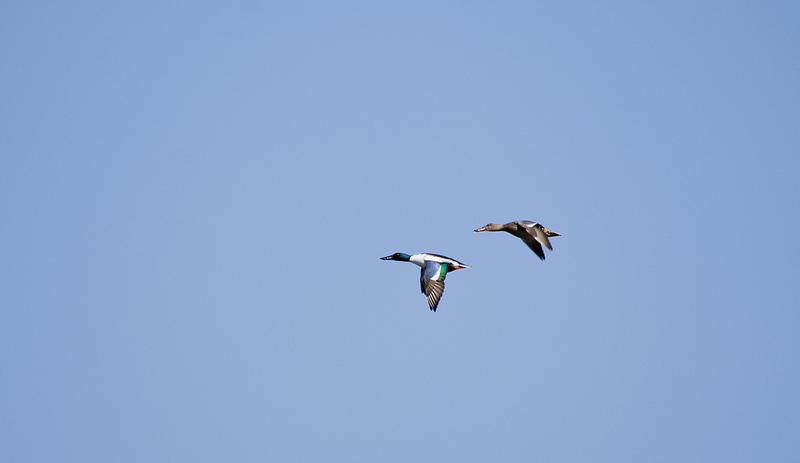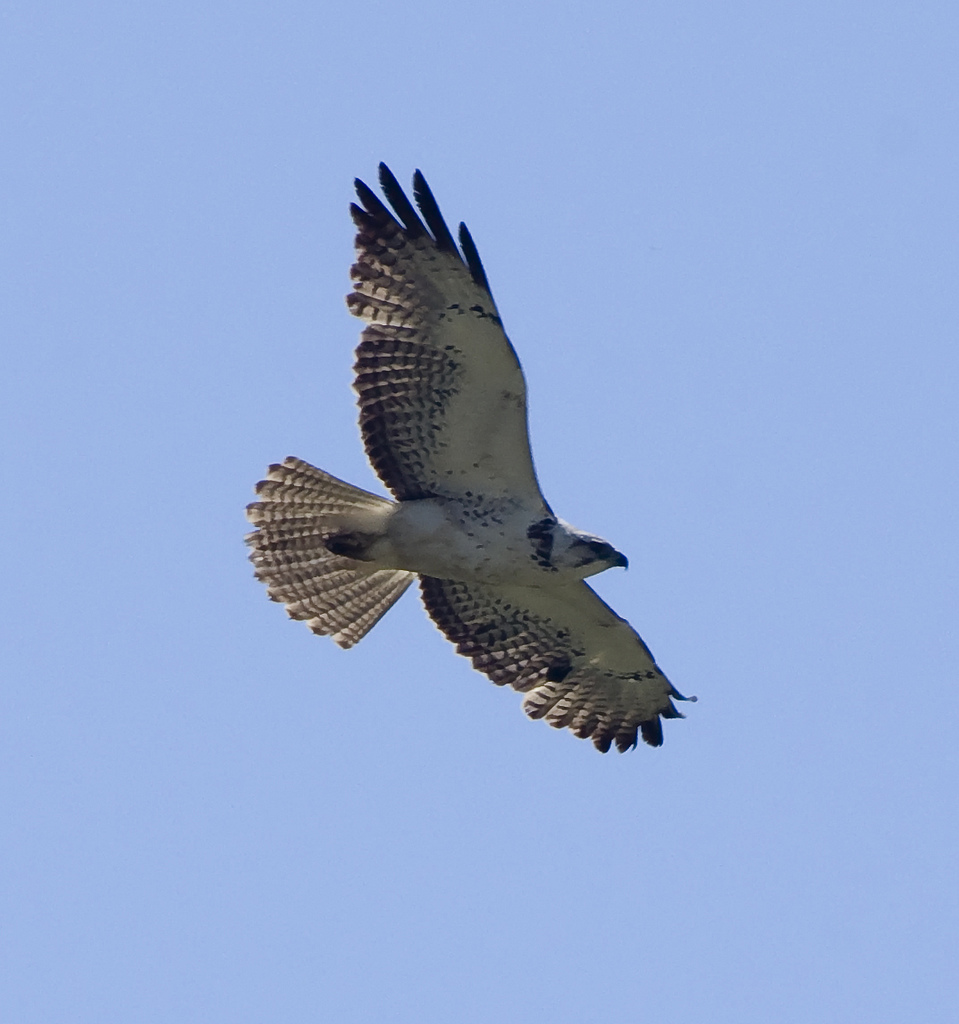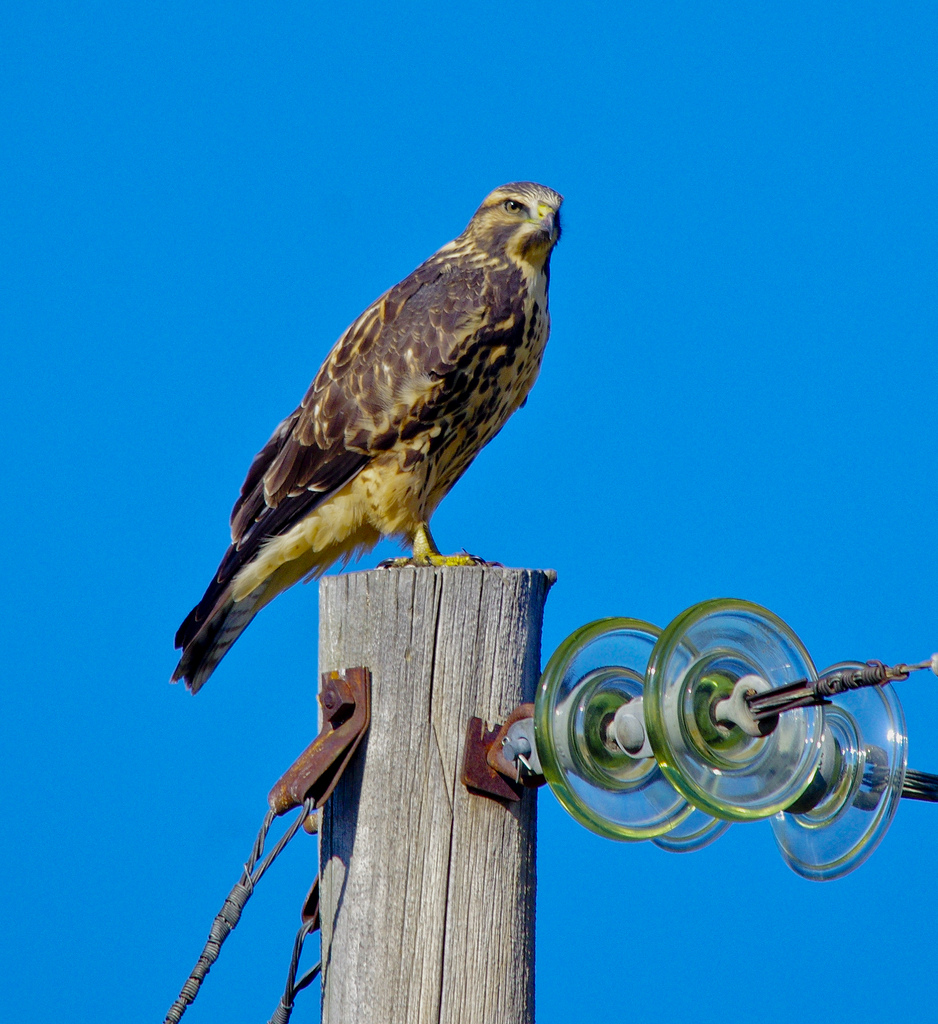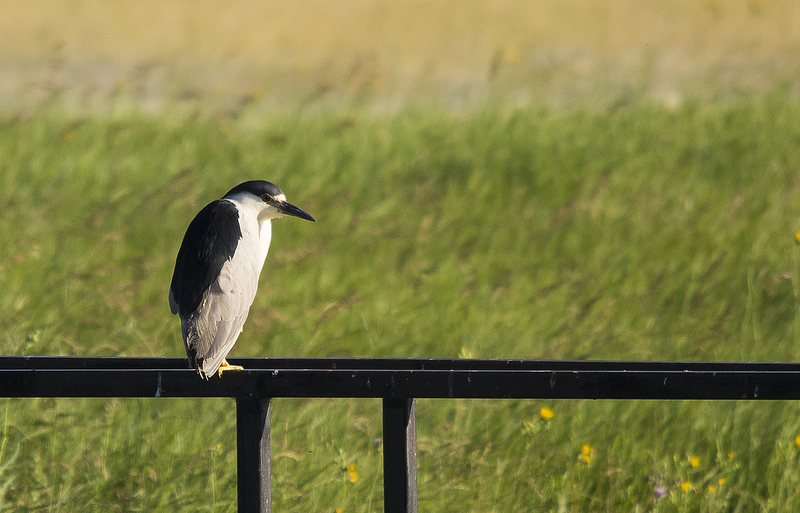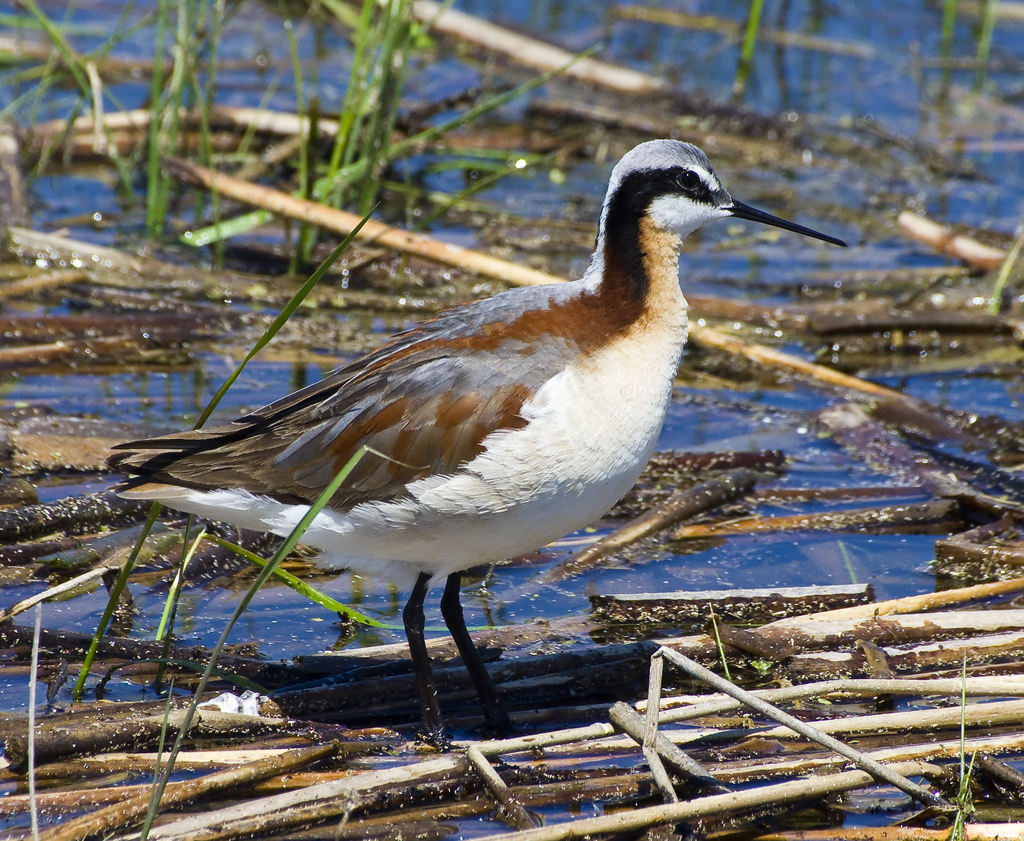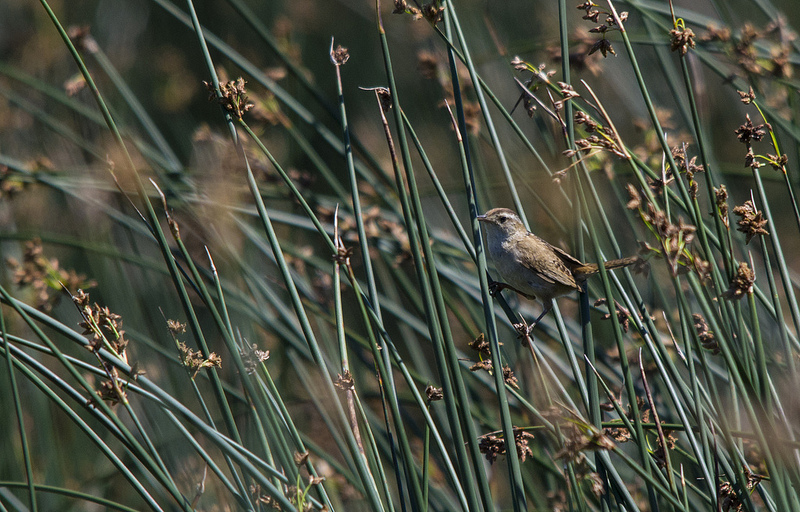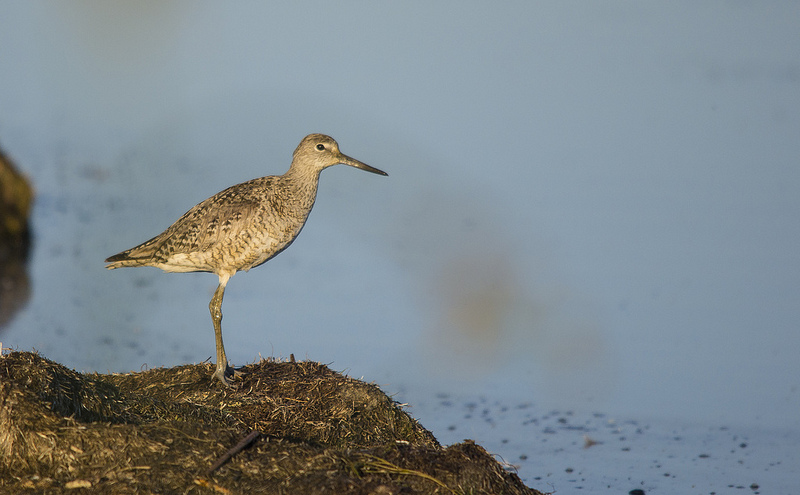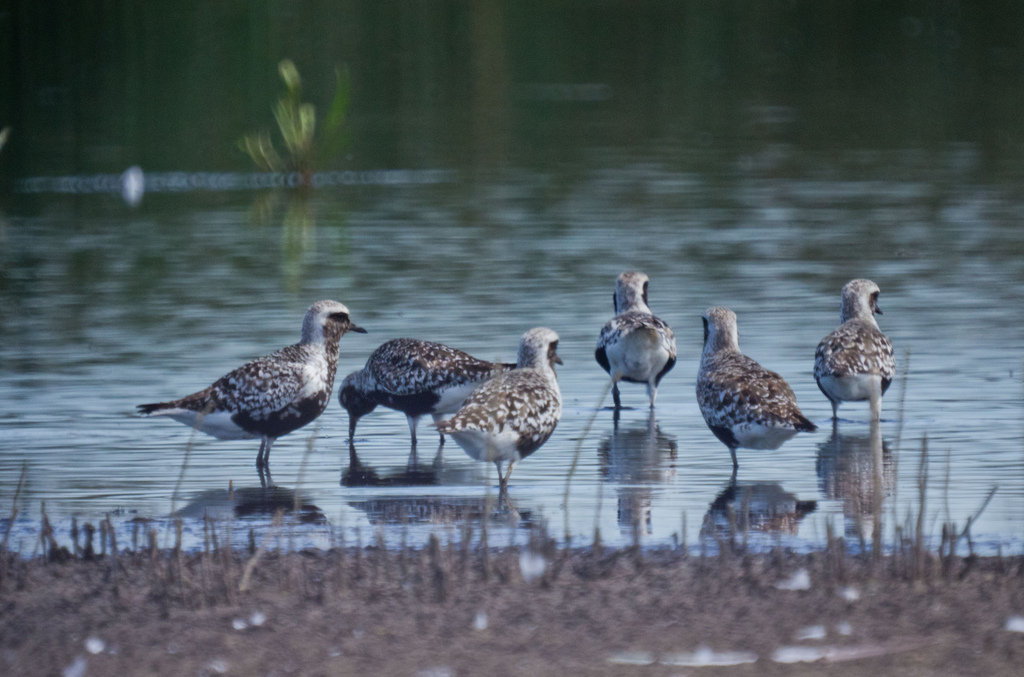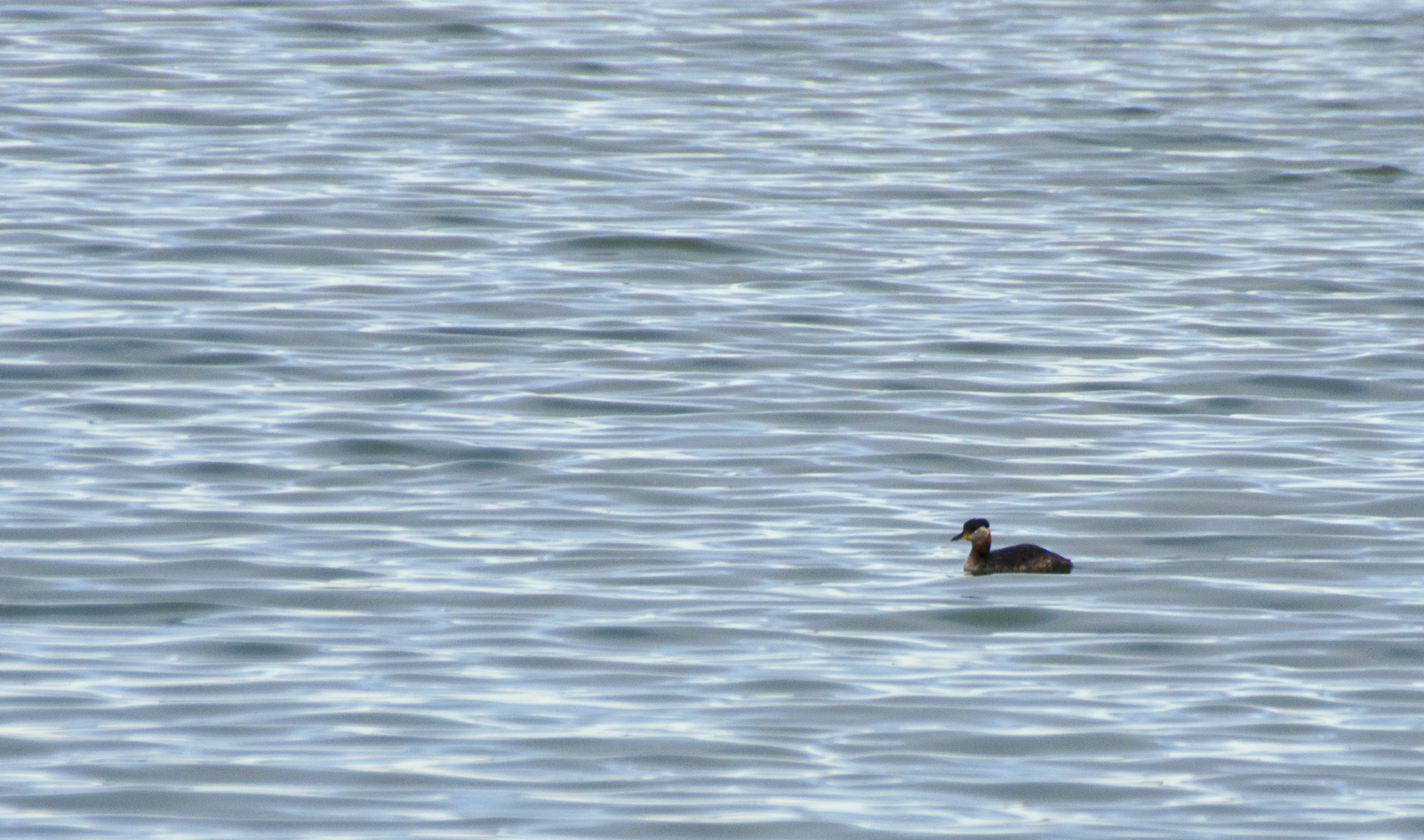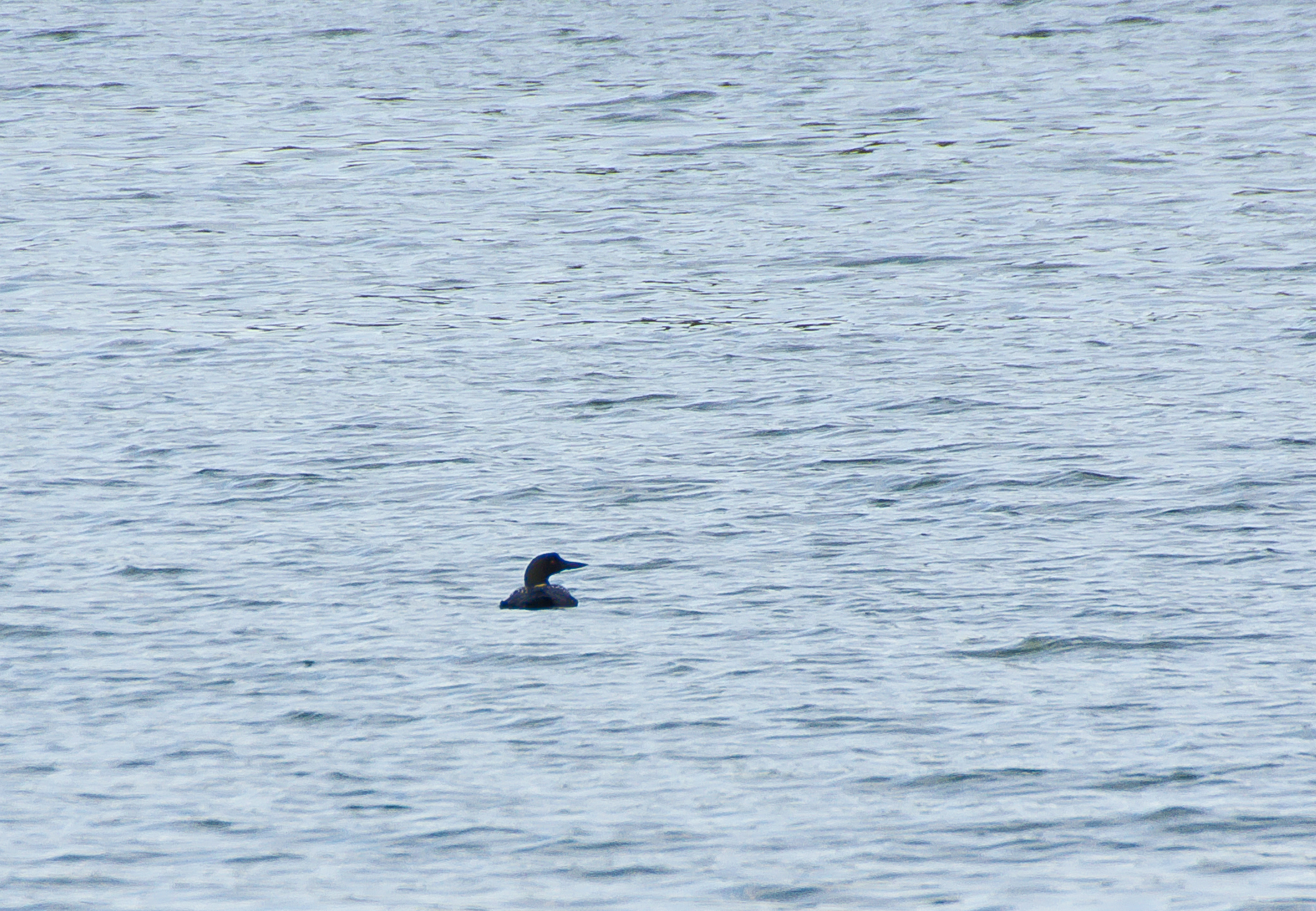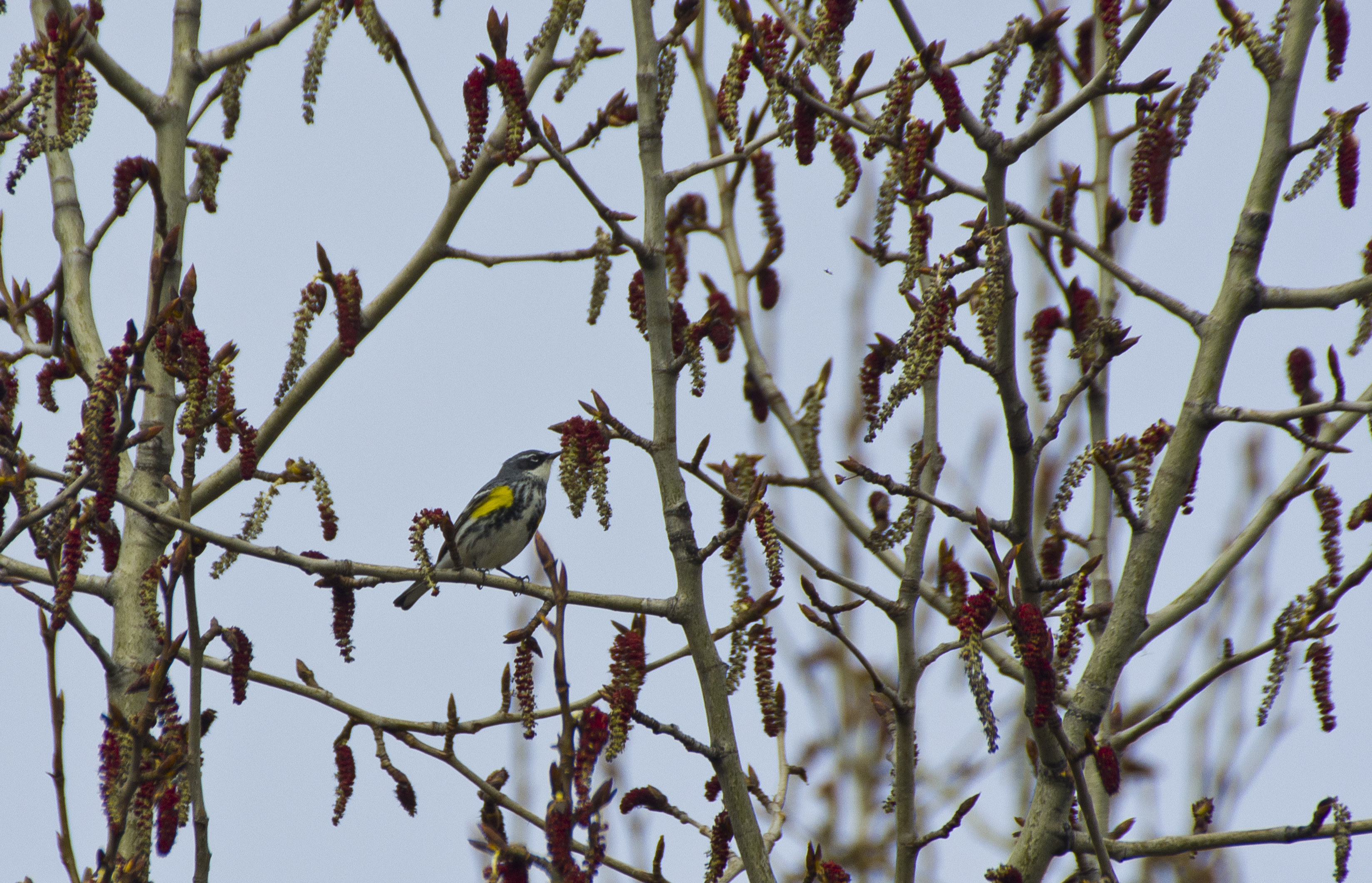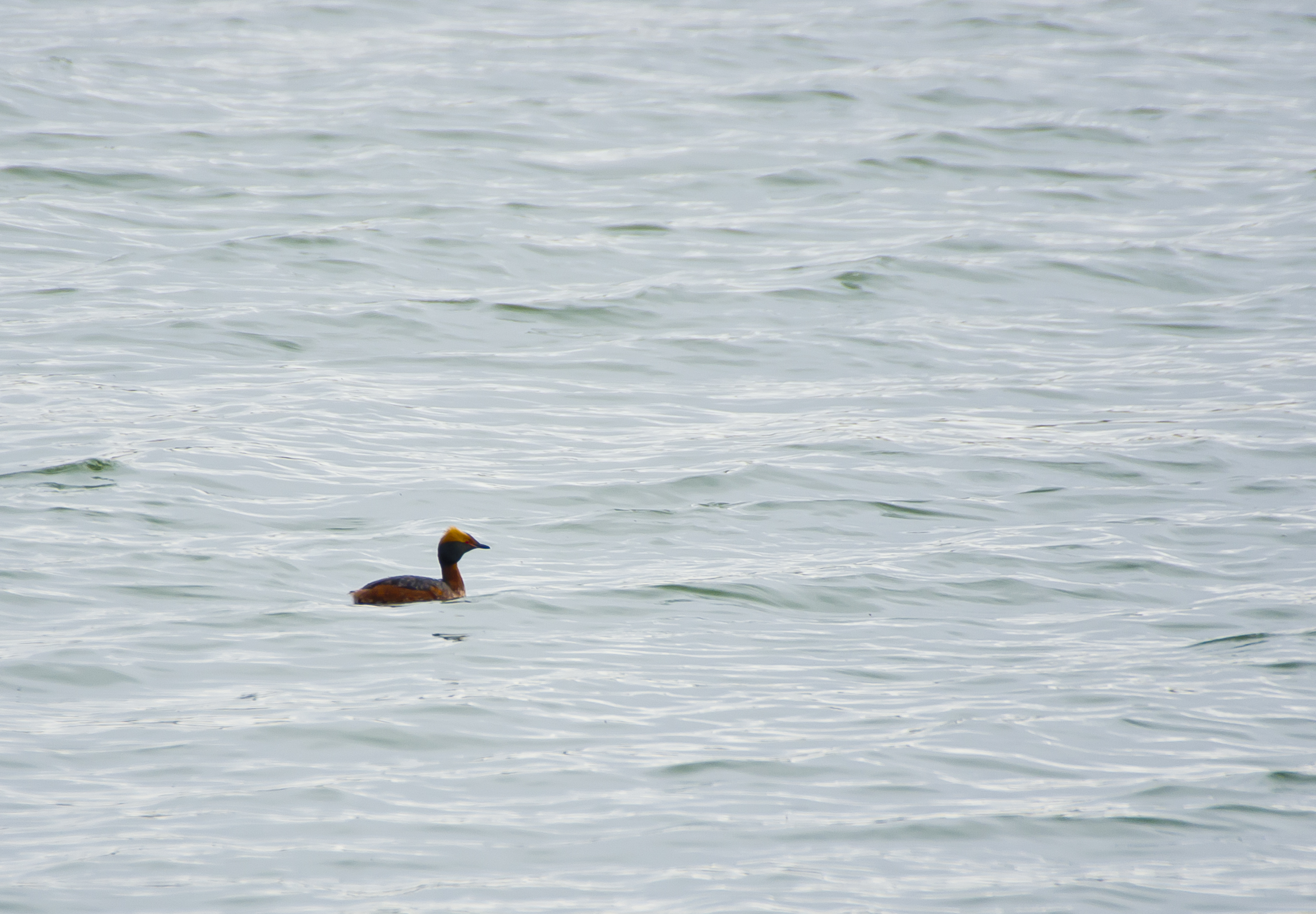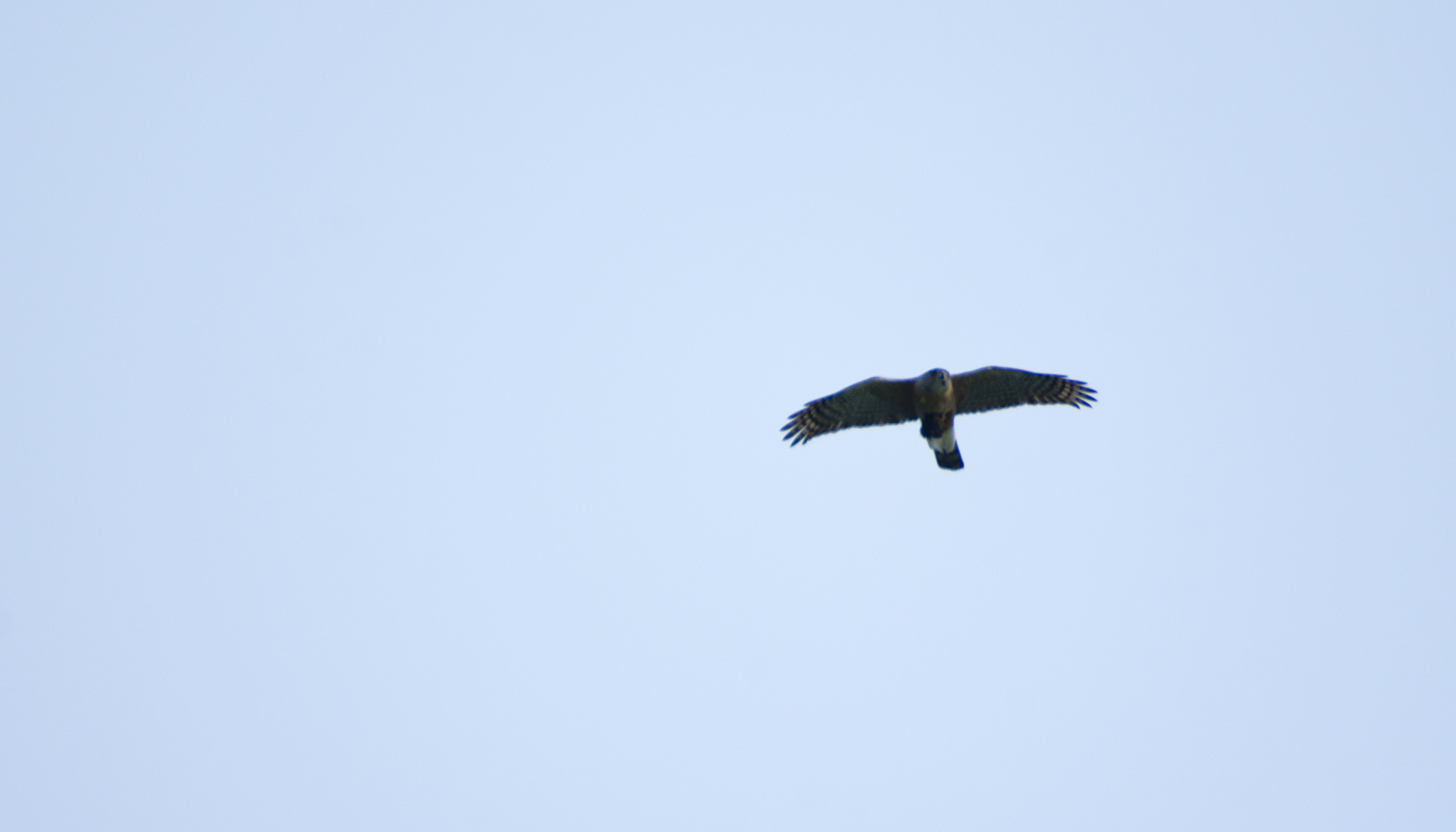Posted by Dan Arndt
I will always remember my first visit to the Fish Creek Provincial Park Headquarters building in search of birds. It was a cold winter morning, quite similar to yesterday, and we were in search of some Great Horned Owls. We found them, of course, as the owls here are almost as reliable as the sunrise and sunset, before heading off and exploring the area around the Headquarters, and then down to Sikome Lake to look for some more owls and check out what was on the river.
This week was very similar, with maybe a few more surprise species popping up, a couple of near misses on the owls, but all in all, it was another wonderfully successful walk.
Since this walk covers two main areas, I’ve added two maps instead of your usual one for the same low cost as you pay for your current blog subscription! I know with the holiday season in full swing, money is tight, so I’m passing the savings on to you!
We started up at the Headquarters building area known as Bow Valley Ranch, and had quite a bit of success up there after some moderate search efforts. In the end, everyone left satisfied and content with what we had seen so far, with hopes for many more birds to come.

Bow Valley Ranch
The pair of Great Horned Owls that have been consistently found here all week, and to my understanding, for well over ten years, were our primary goal here at the east side of the Fish Creek Provincial Park Headquarters building. In our searches, we were mobbed by a fair-sized swarm of Black-capped Chickadees, but as is typical for these mixed flocks in winter, we got a little added bonus of a lone Brown Creeper.

Brown Creeper
Nearby, there was a terribly dedicated Downy Woodpecker drumming at a small stand of low bushes in search of some tasty insect larvae or some other arthropods hidden in the bark.

female Downy Woodpecker
We spent a good ten to fifteen minutes looking for the Great Horned Owls, walking to the far east end of the pathway, and on our way back we were greeted by the high-pitched flight calls of some White-winged Crossbills picking at the cones at the peak of the spruce rows.

White-winged Crossbills
We were about ready to call our search off when one of our keen-eyed birders noticed a small clump of something dark and grey huddled up against the trunk of one of the spruce trees.

There is an owl in this picture, I swear.
A bit of hand waving and flagging down some of our group to come get better looks wound up with a fairly decent angle in the dull, overcast light, and it was clear that this was one Great Horned Owl that did not want to be disturbed this morning.

Great Horned Owl
Once we had discovered our quarry and had our fill of its excellent camouflage skills, we headed west towards The Ranche, and out in the fields south of the compound was this White-tail Deer buck, casually browsing in the low bushes and making his way eastward along one of the many deer trails in the park.

White-tail Deer buck
Our last new bird at Bow Valley Ranch was this lone Red Crossbill, calling and preening and generally looking a bit out-of-place in a flock of White-winged Crossbills.

Red Crossbill
We headed back to the vehicles shortly thereafter and headed south to Sikome Lake. There were plenty of waterfowl in the fairly swift waters of the Bow River that morning, and quite a few of them were quite close to shore, allowing good looks, and excellent photo opportunities.

Sikome Lake and Boat Launch
Once again, it took a bit of searching for the Great Horned Owls before we found one lone lookout.

Great Horned Owl
This area is also one of the must-visit places within Fish Creek Provincial Park, mostly because of how familiar the birds here are with humans. While there may be some compunctions against feeding wild birds, the Downy Woodpeckers, Red- and White-breasted Nuthatches, and of course the ever-present Black-capped Chickadees are comfortable enough to eat right out of one’s hand.

White-breasted Nuthatch

male Downy Woodpecker
Once we had our fill of hand-feeding the birds, we headed down to the edge of the Bow River to see what waterfowl we might find. The river was full of Canada Geese, Buffleheads, Common Goldeneye, and even a few Barrow’s Goldeneye. We also did manage to pick out a subadult male Common Goldeneye just coming into his adult plumage, which was quite interesting to see!

male and female Barrow’s Goldeneye

Common Goldeneye (r) and Barrow’s Goldeneye (l) showing their distinctive field marks

Buffleheads in flight

immature Common Goldeneye

Canada Goose

male Common Mergansers amongst the Canada Geese
As we headed north along the river bank, we had a fairly low flyover of an adult Bald Eagle which is always a welcome sight… unless you’re a duck.

adult Bald Eagle
Dropping down into the poplar stands on the inside bank of the Bow River, we stopped for a moment to glance over what appeared to be skunk tracks, and continued north back up the slope in the quiet woods to find this female Hairy Woodpecker doing what they do best.

Skunk Tracks

female Hairy Woodpecker
Topping off our day was this patient juvenile Bald Eagle watching over a flock of Canada Geese as the snow began to come down in heavier flakes and much faster than before.

juvenile Bald Eagle
As we headed back to the parking lot to head home, we did have a close encounter with a Coyote which dropped down into a creek bed and out of sight before popping up right along the trail we had been following not half an hour before, flushing up some of the Canada Geese we had been so close to earlier in the day.

Coyote
It has been quite the productive, beautiful, and diverse course so far, and it’s a bit sad to see it end in just one more week, but on the good side, it also means that we’ll be well on the way towards spring migration with the start of the 2013 Winter Birding course starting up on January 7th!
See you here next week!
